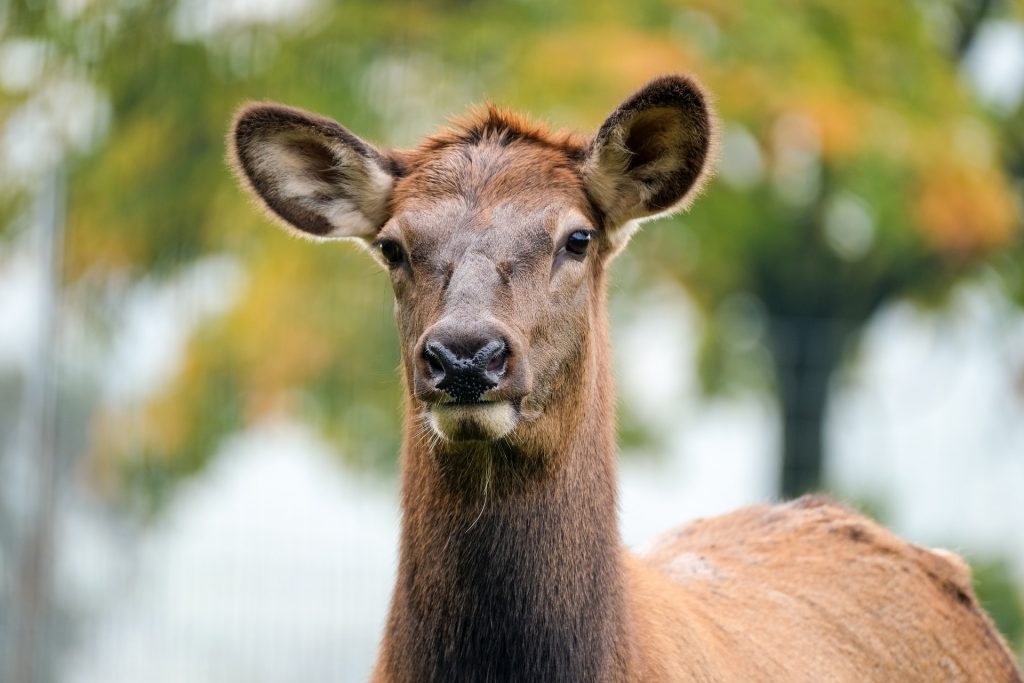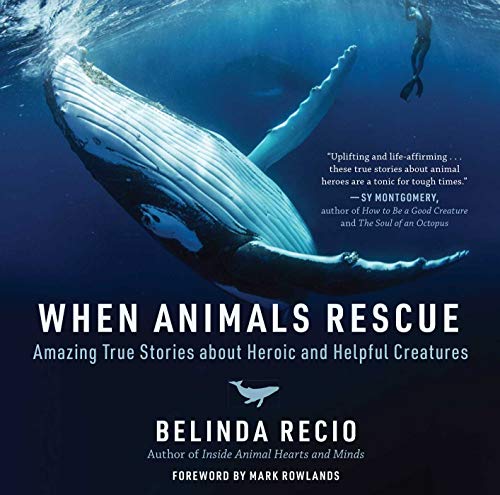I am delighted to share an interview I did with the wonderful Marc Bekoff, in his Psychology Today blog.
Continue reading →Animal Natures
Eye-opening acts of empathy in the animal kingdom
Environmental journalist Richard Schiffman reviewed When Animals Rescue in The Washington Post! Check out the review here.
‘Inside Animal Hearts and Minds’ by Belinda Recio Is About Animal Intelligence, Emotion, and Humanity
Just had a nice review of the book on HuffPost!
How Whales Change Climate
Watch this to discover another reason to protect these magnificent, thinking, feeling animals.
Finches Use Cigarette Butts as Insect Repellent
If you’ve seen house finches flying around with cigarette butts in their beaks, rest assured that these birds are not smoking. They are using the cigarette butts to line their nests.
At the end of June, the Journal of Avian Biology published a paper by Monserrat Suárez-Rodriguez and Constantino Macías Garcia, who presented the results of an experiment they designed to find out what was going on with the cigarette butts. Initial evidence suggested that nicotine and other chemicals in the butts might function as an insect repellent—after all, nicotine is used in some pesticides—but the evidence wasn’t conclusive.
Learning from Experience: Female Elk Figure Out How to Stay Safe as They Age

Humans aren’t the only animals who acquire wisdom with their years—many other animals appear to learn from their experience, too. In a paper published in PLoS ONE on June 14, 2017, researchers presented evidence that female elk are among those animals that learn a thing or two as they age, particularly when it comes to safety. Continue reading →
Can Crows Read Signs?
Can crows read signs?
Wild crows were stealing insulation—to use in their nests—from a construction site on the campus of the International Coastal Research Center (ICRC) in Otsuchi, Japan.
The staff at the research center asked Tsutomu Takeda, a crow expert at Utsunomiya University, for advice. Takeda suggested they hang paper signs that read “crows do not enter.” (No, he wasn’t joking.) The crows immediately stopped stealing the insulation and have refrained for two years now.
Of course, this doesn’t mean that the crows can read Japanese, but it raises some intriguing questions. Studies have shown that crows pay attention to human behavior and adjust their own in response. So it’s possible that the signs—which cause people to look up and then look around for crows—makes the crows nervous and they decided it’s no longer safe to steal the insulation. So while the clever corvids are not reading the words (at least we don’t think they are!), they may nonetheless be reading the behavioral signs of the humans on campus.
Read the full story on The Asahi Shimbun’s website.
Contagious Laughter in Keas
According to a study published in New Scientist, wild keas—a type of large parrot—can “catch” a laugh. Just like humans, they experience contagious laughter.
When exposed to a recording of the warble-like sound these birds make when playing, their moods changed. They became playful and soared after one another in aerobatic loops, exchanged foot-kicking high fives in mid-air, and tossed objects to one other, in what appeared to be emotionally contagious behaviour. And when the recording stopped, the birds settled back into sobriety and return to whatever they had been doing before hearing the “canned laughter.” Read more here.
Changing Our Minds About Animal Testing
A recent article on the statnews.com website reports that the number of Americans who think that it’s unethical to do medical testing on animals has reached a new high. What accounts for the change? People are learning more about animal hearts and minds. . . Read more here.
Imagine Apes Imagining
Like people, animals engage in a wide variety of play activities, but what about imaginary play? One of the hallmarks of human play, especially in childhood, is the creative use of imagination to invent things, characters, and situations, and to attribute to them qualities and conditions that don’t exist. A child might assert that a dragon lives in her closet, that a stuffed bear talks, or that tea fills an empty cup. For a long time, this kind of imaginary play was considered uniquely human, but now it looks like the great apes share the ability to engage in make-believe.
Watch this video to see chimps playing with “rock dolls.” I write about other imaginative behavior in apes in my book, Inside Animal Hearts and Minds.
